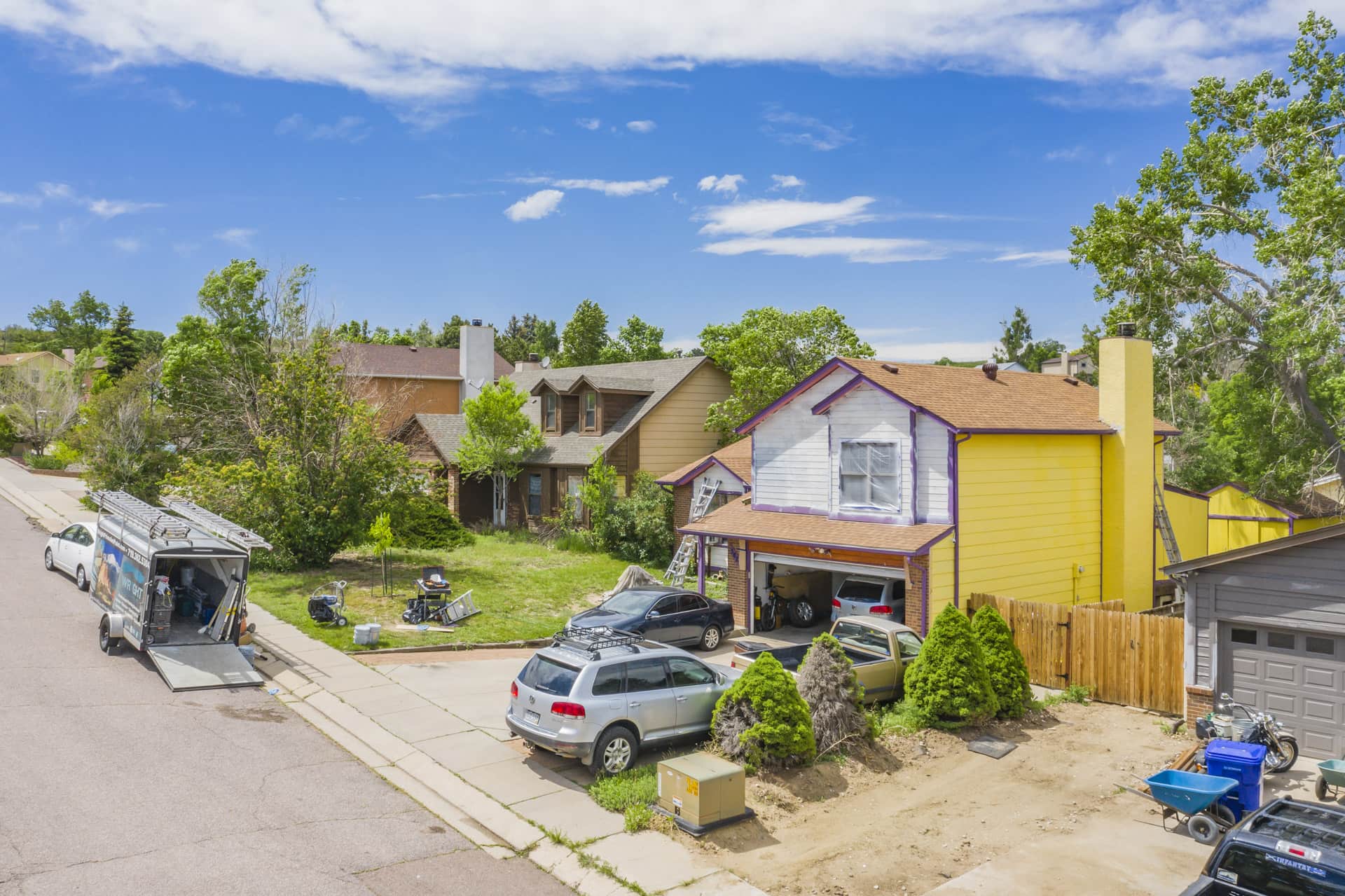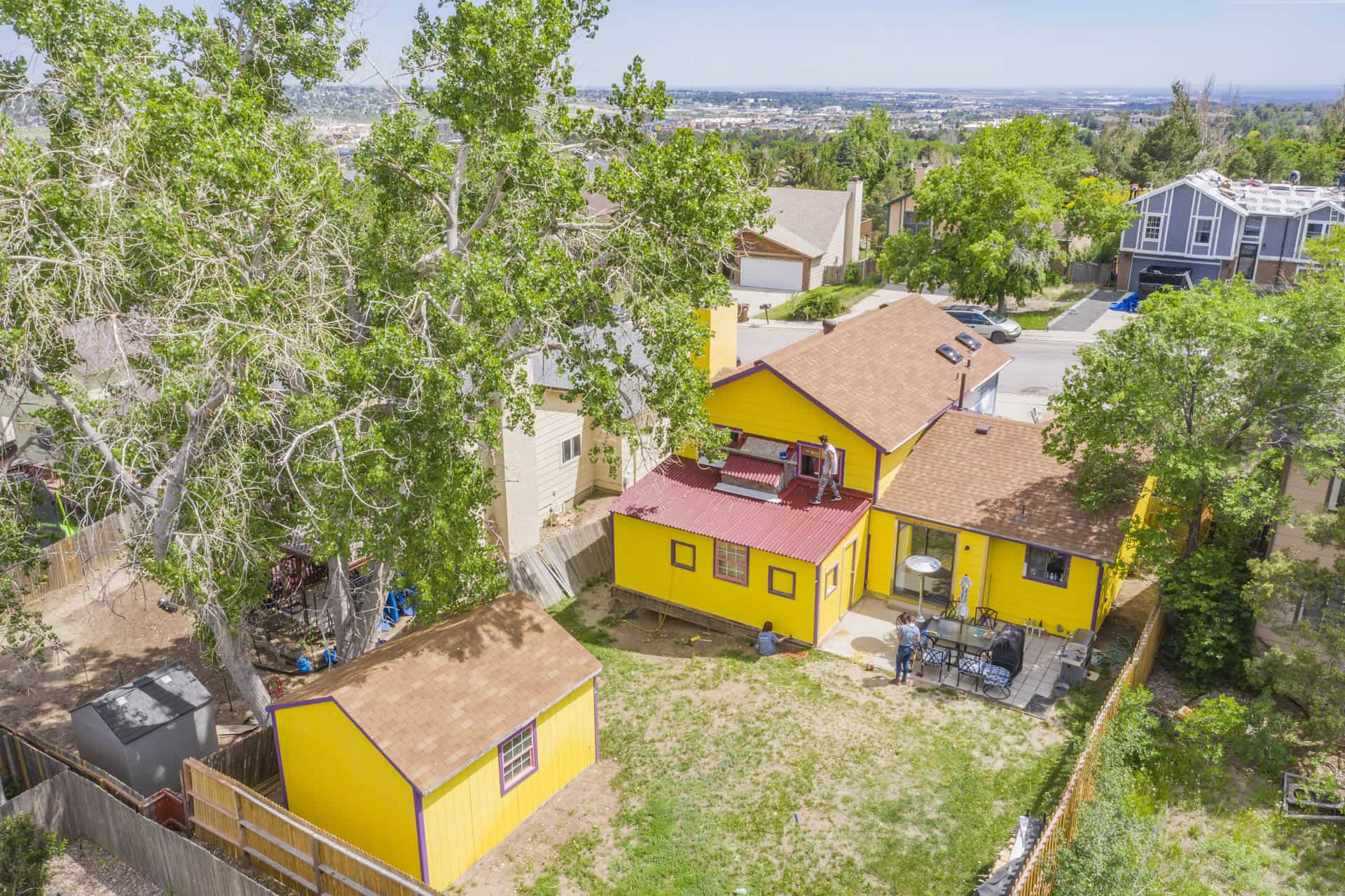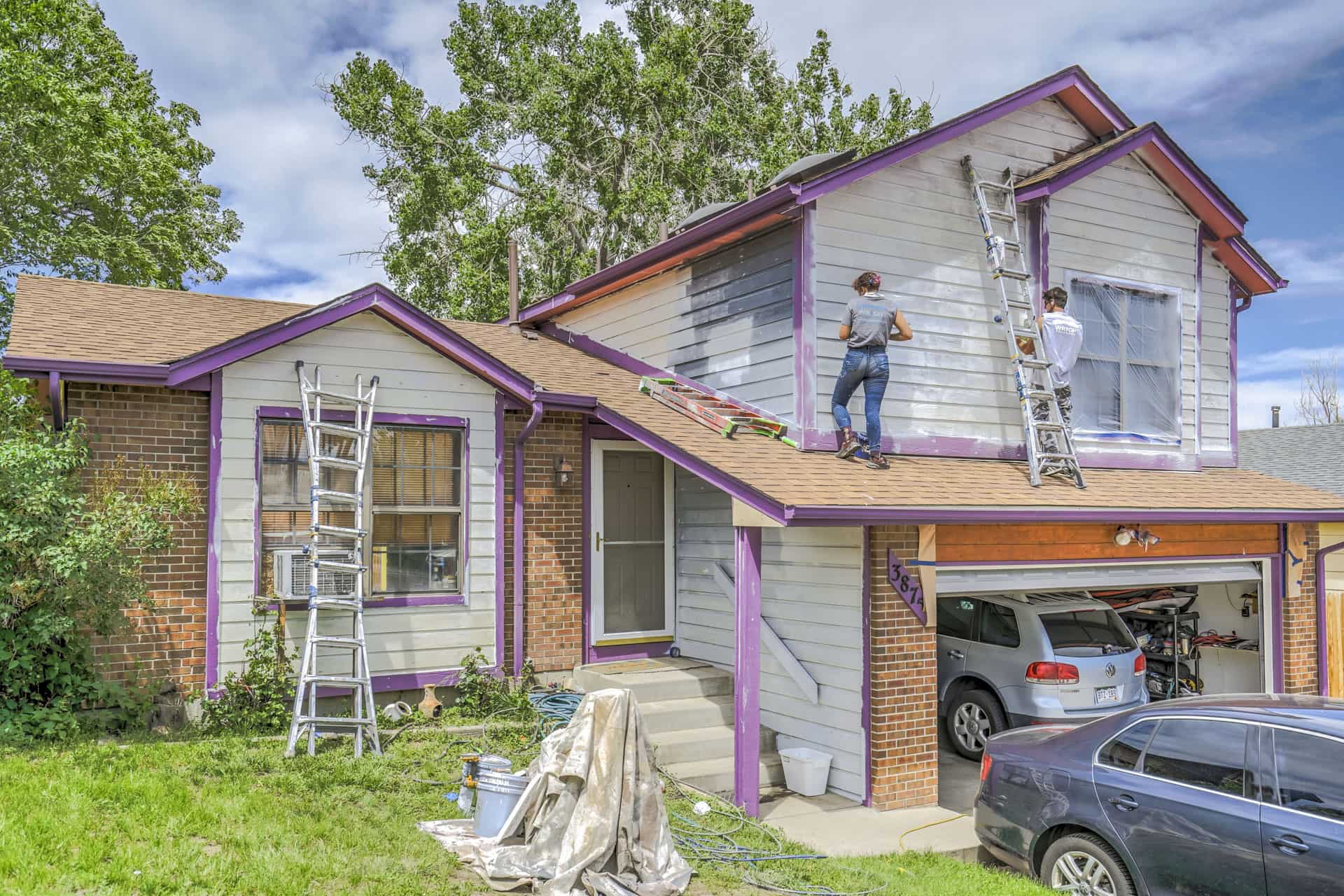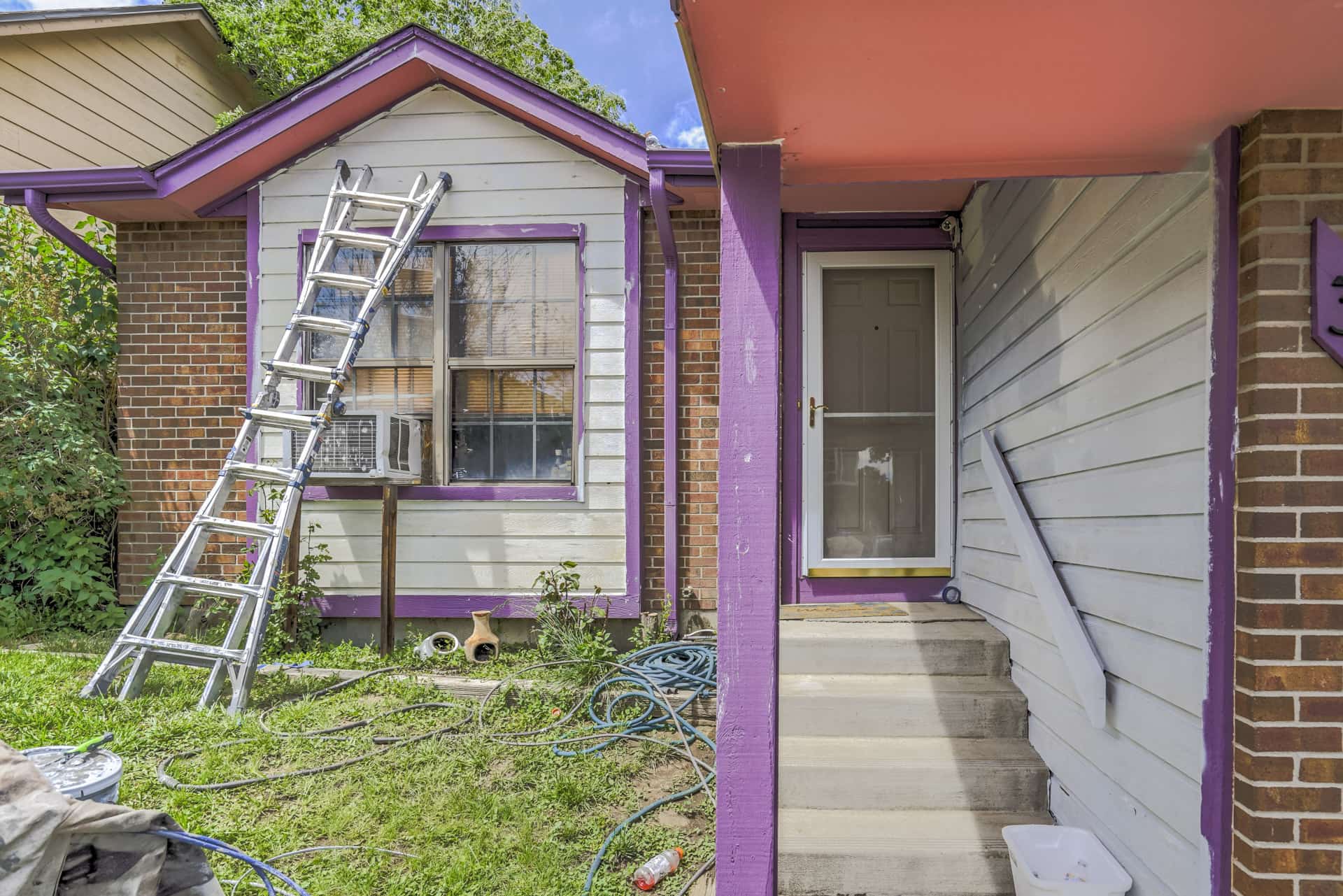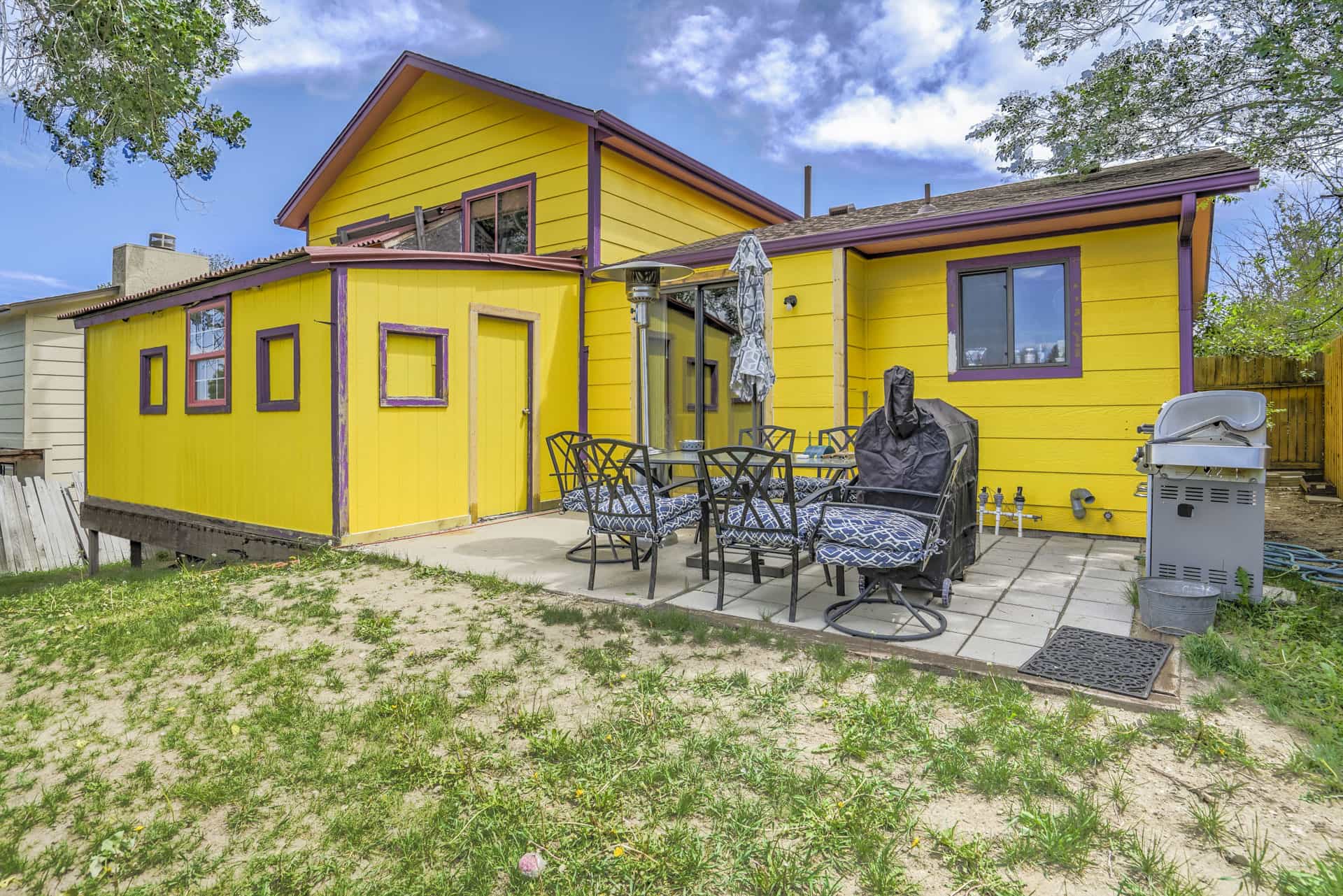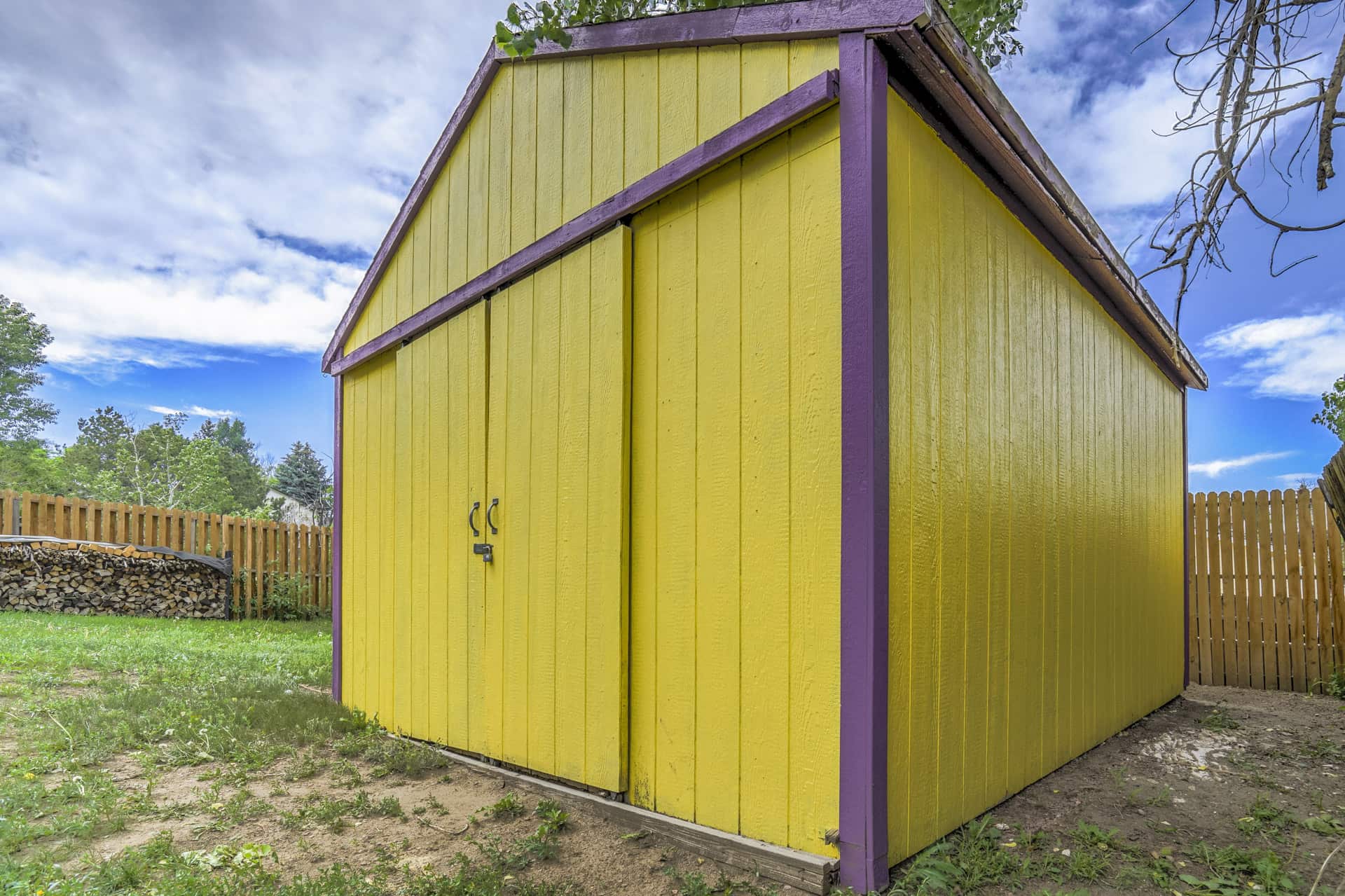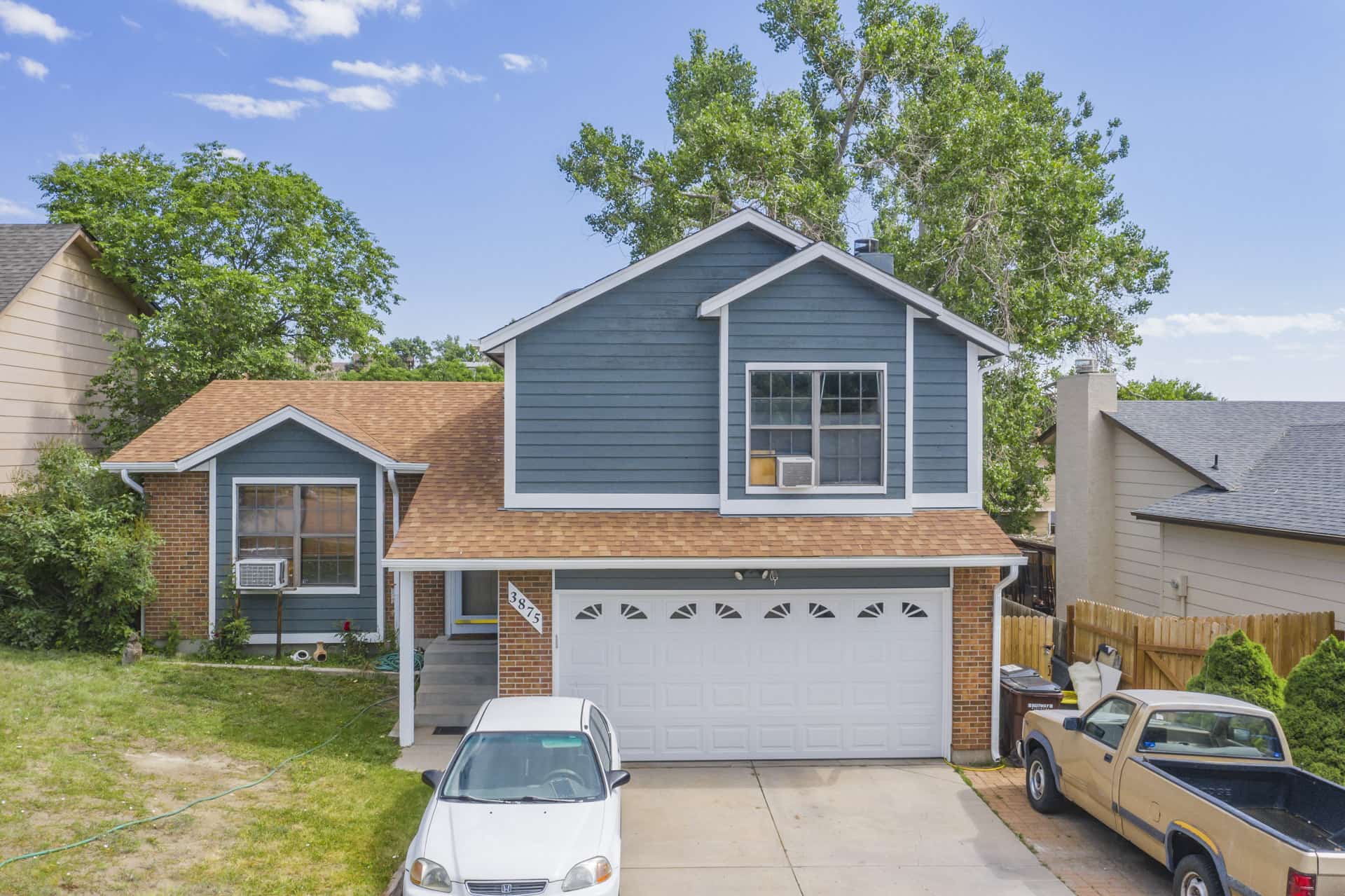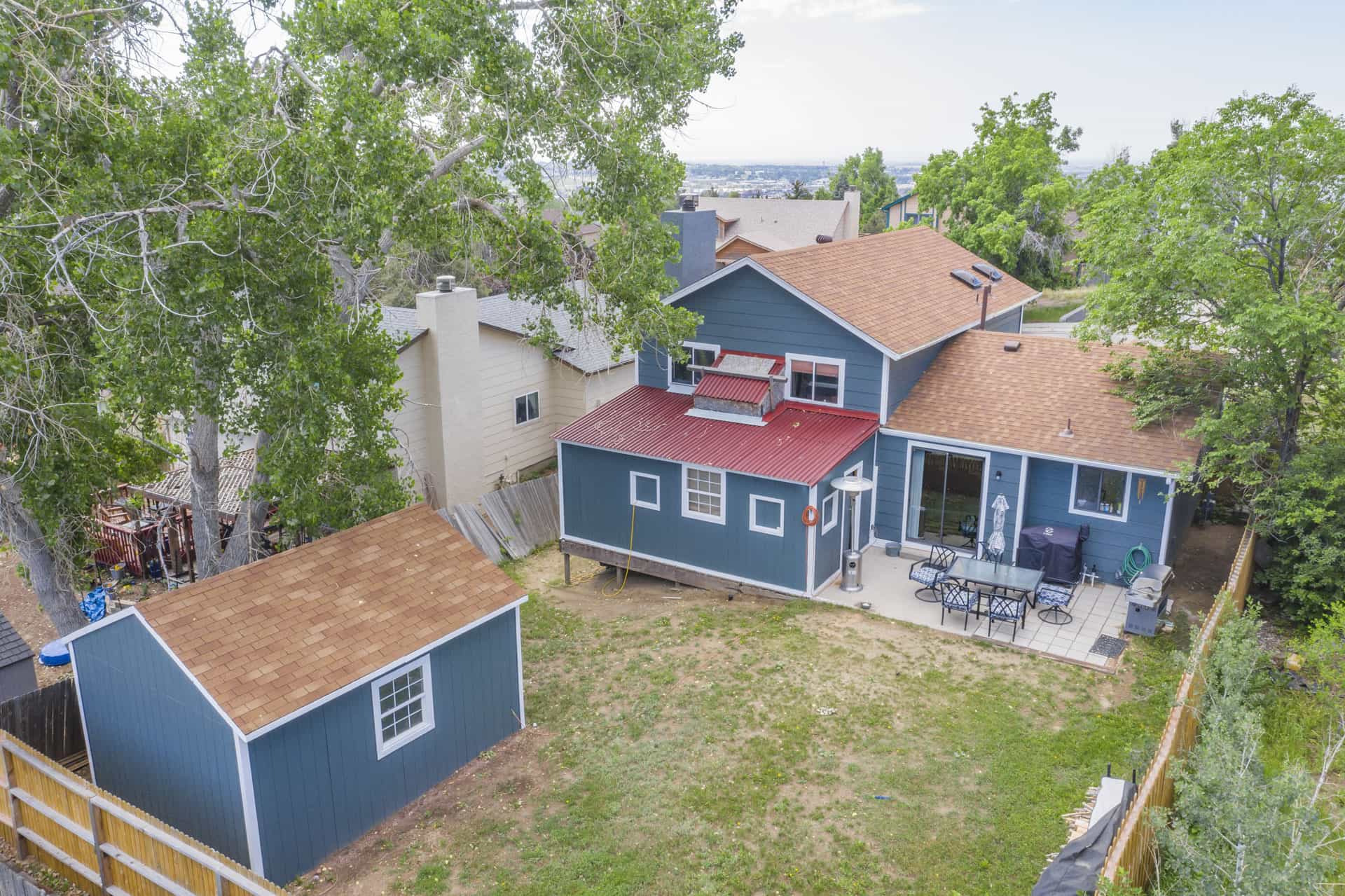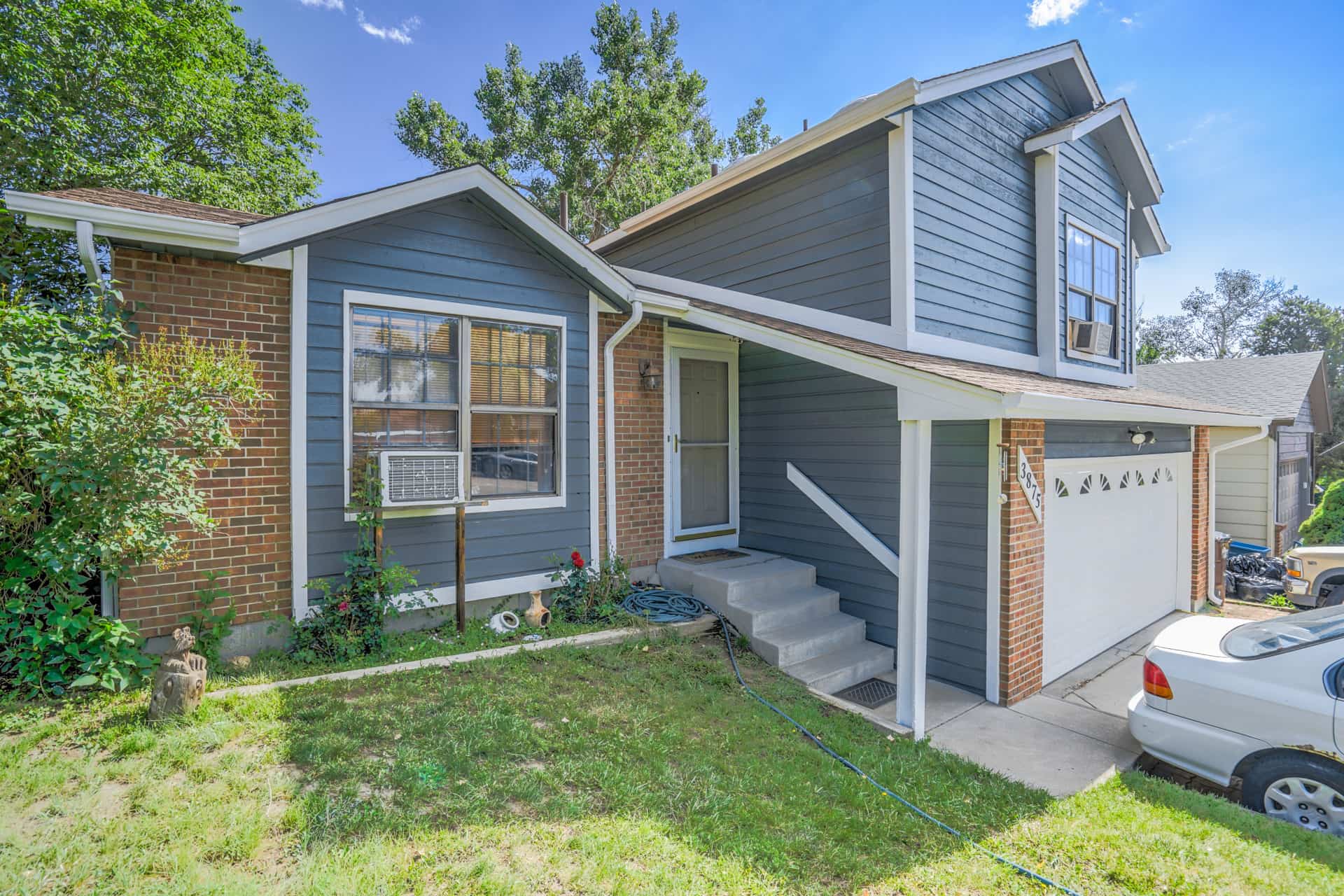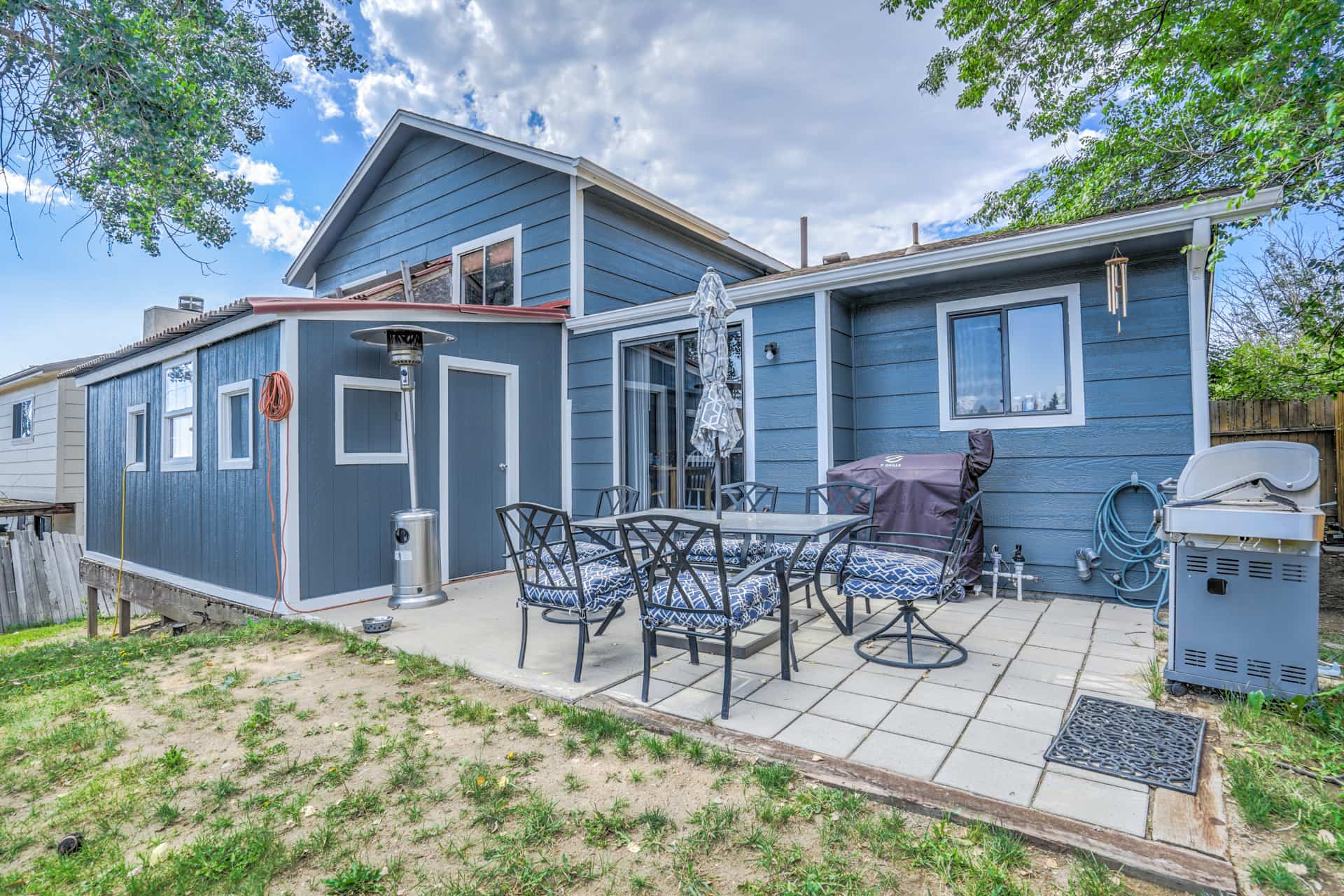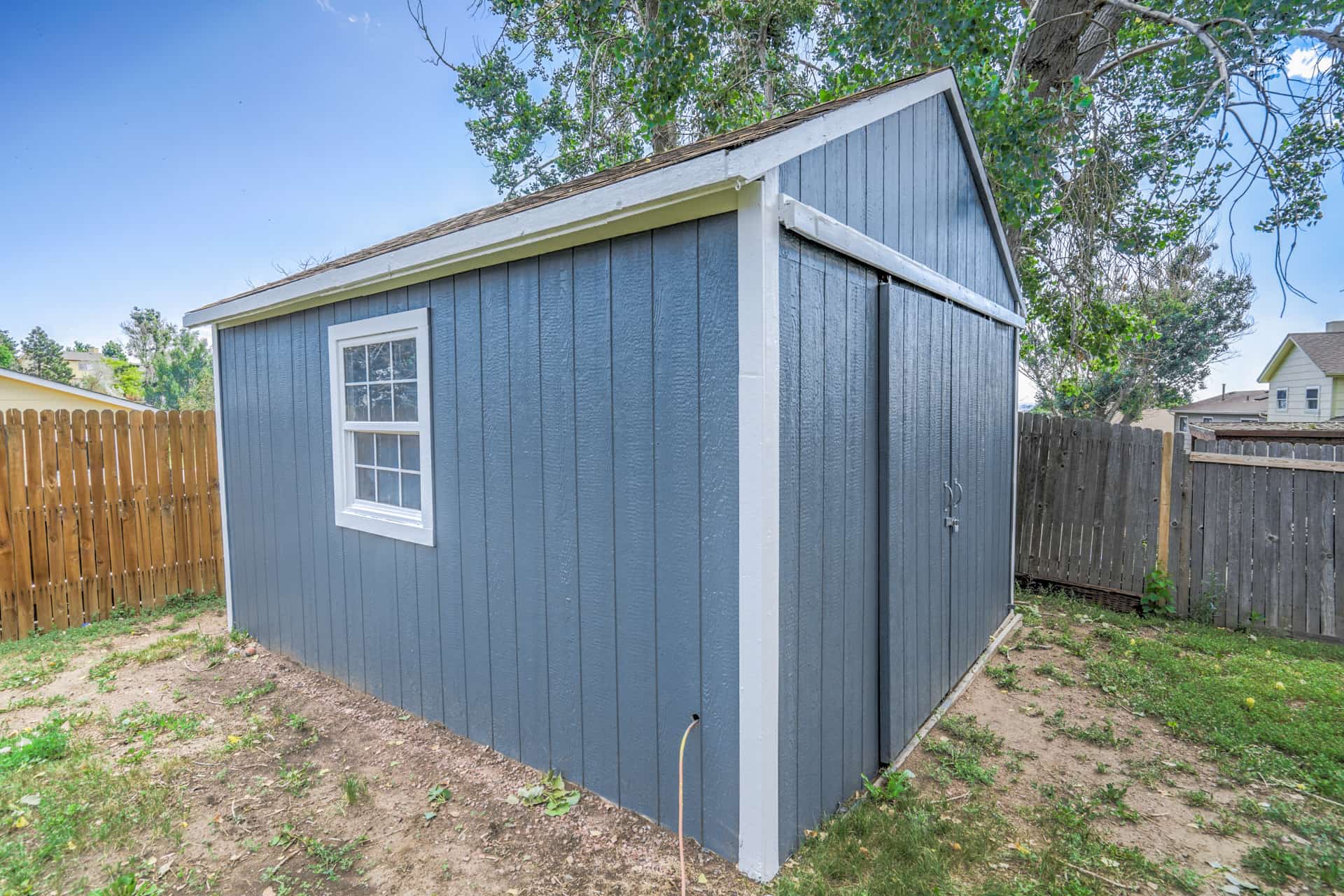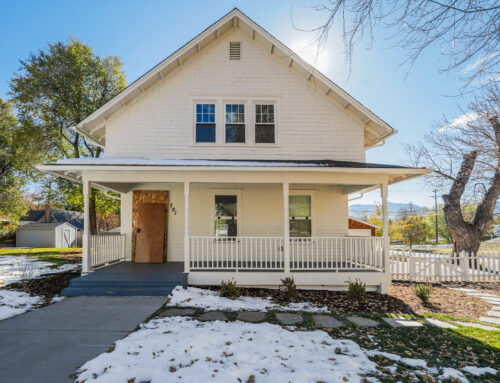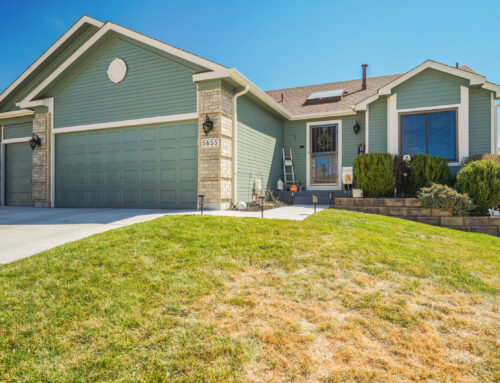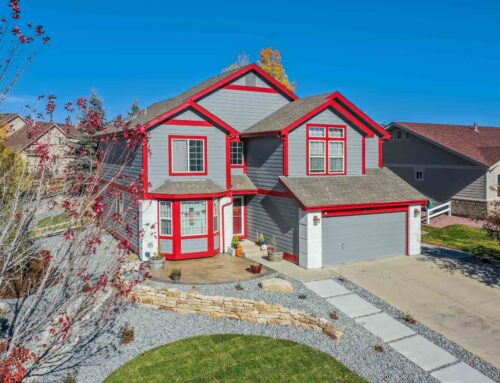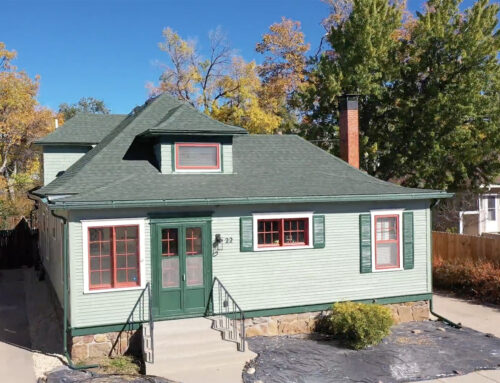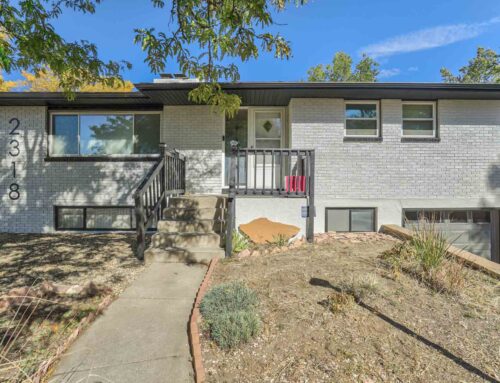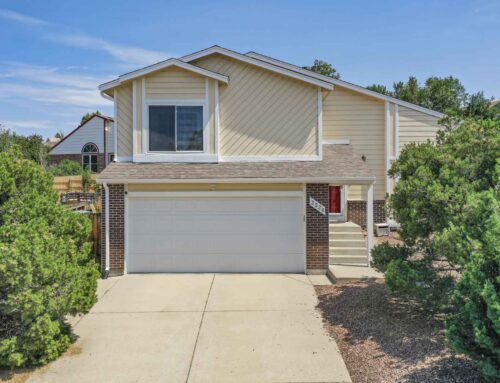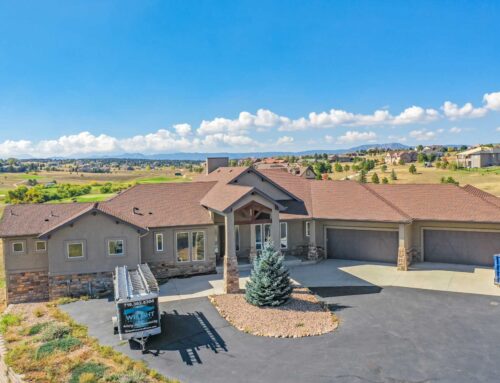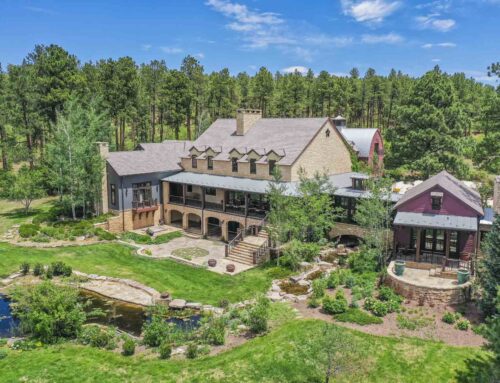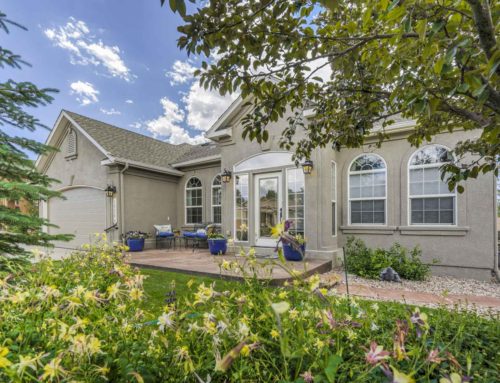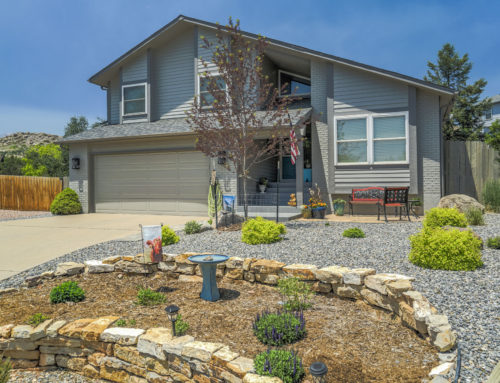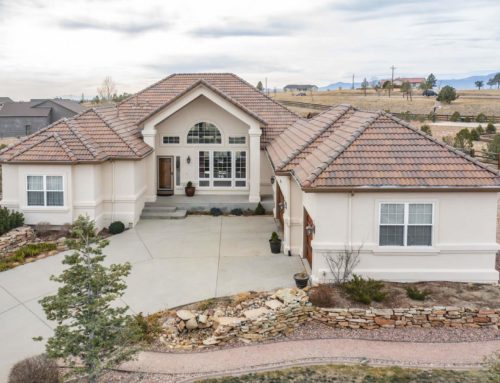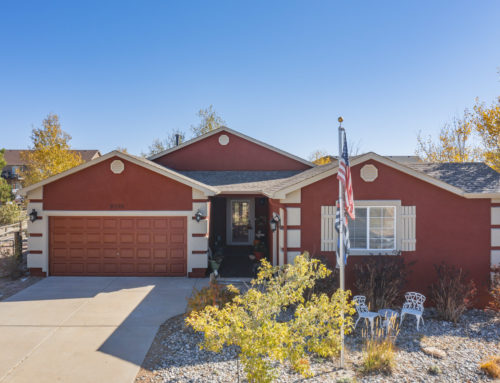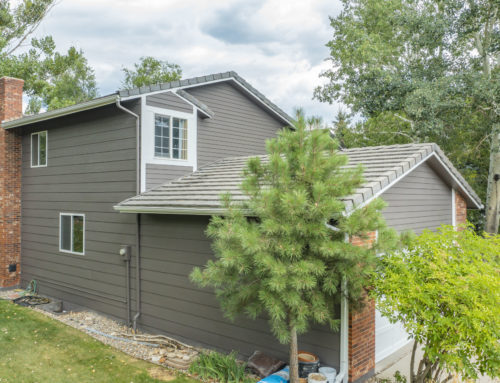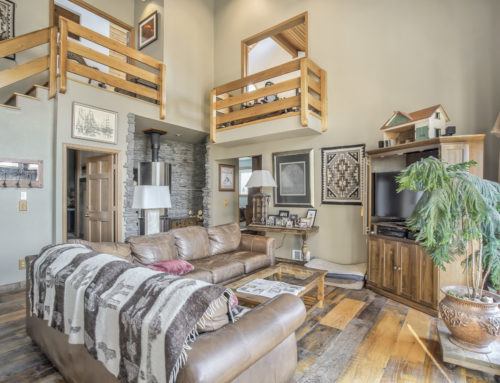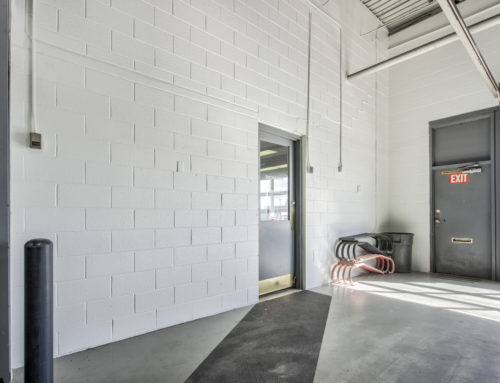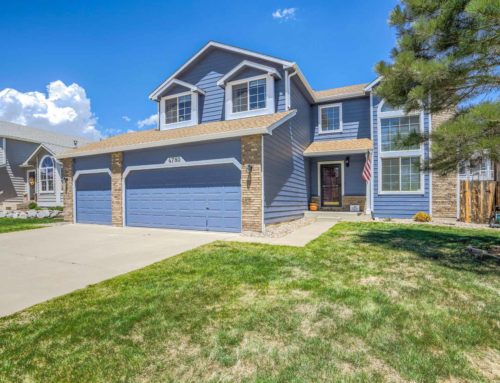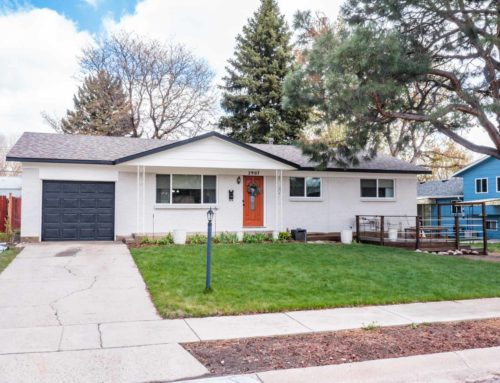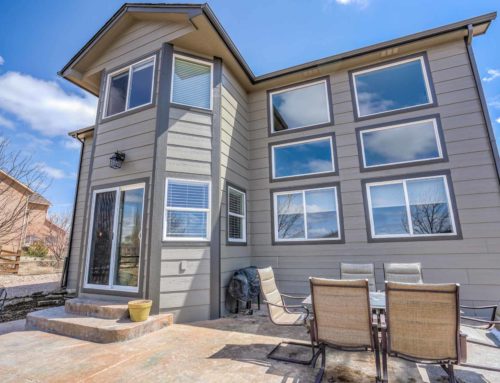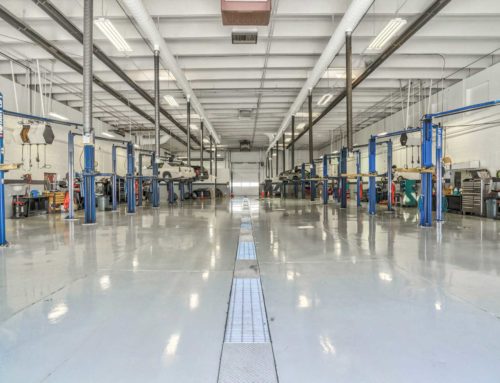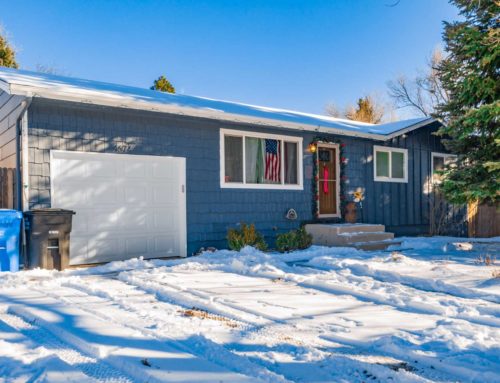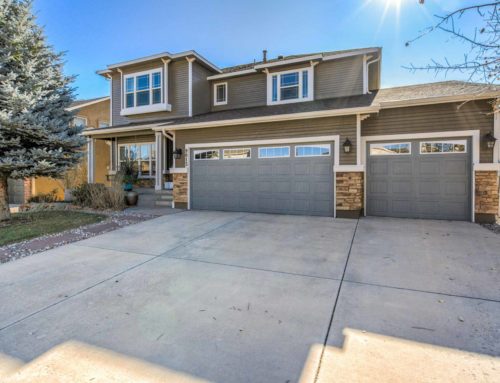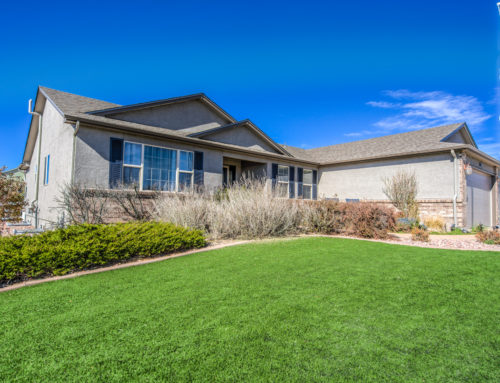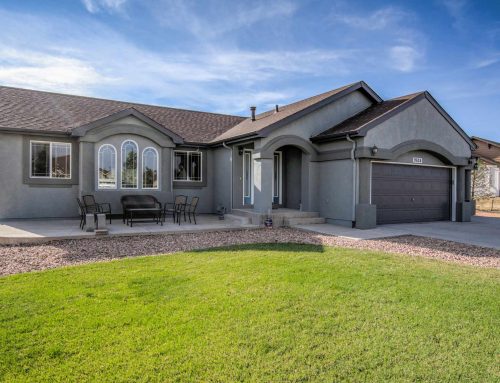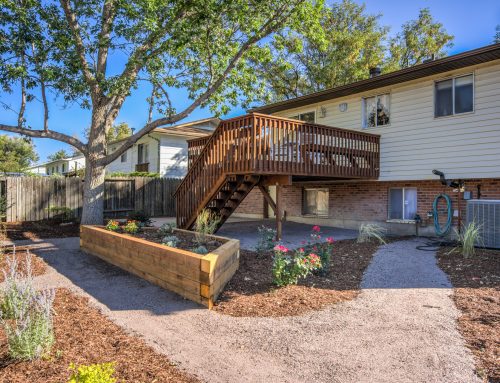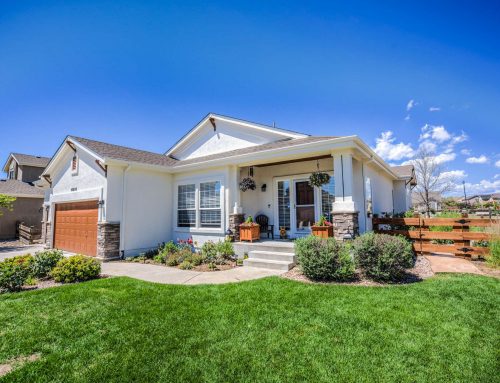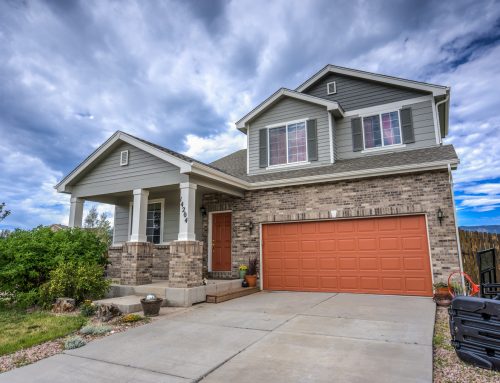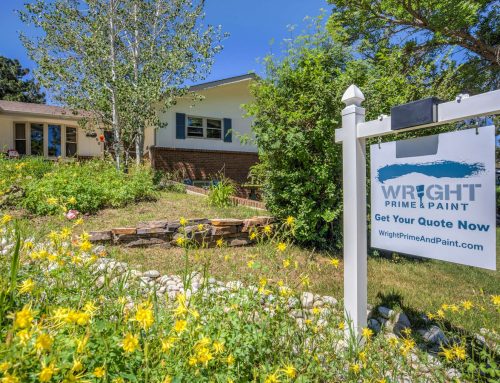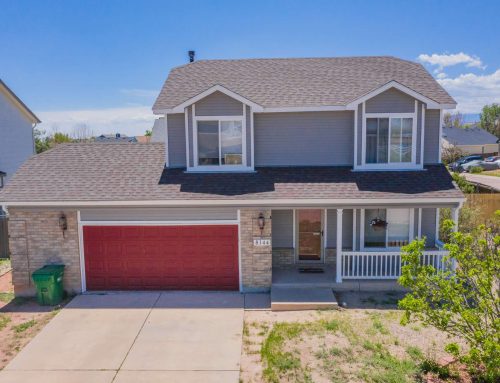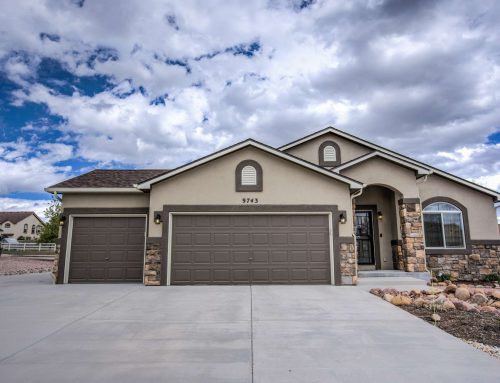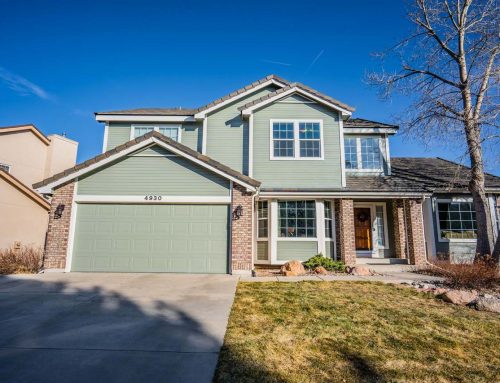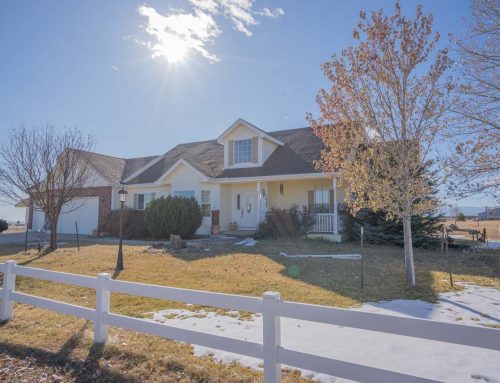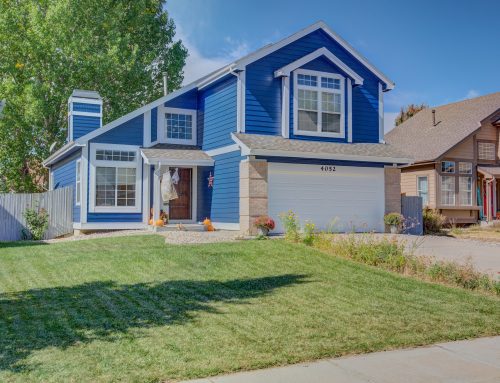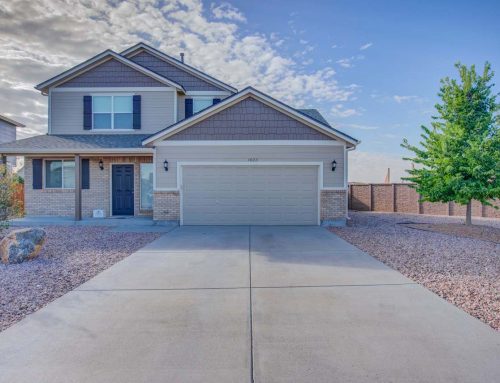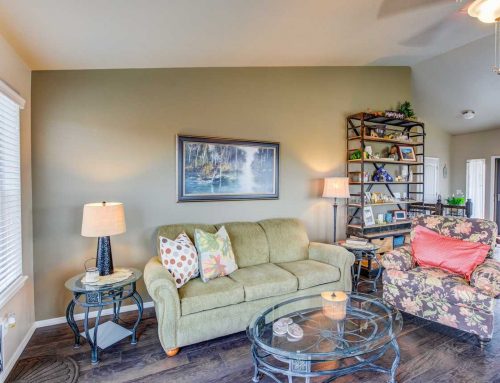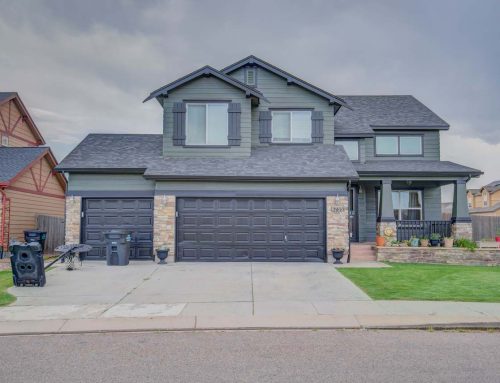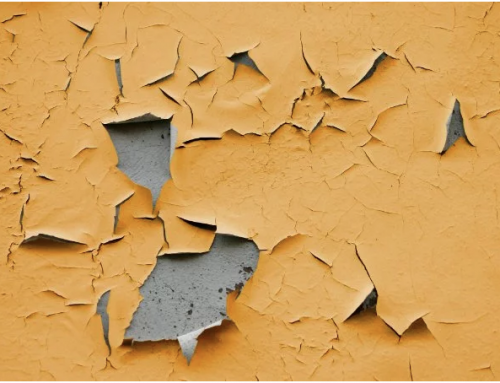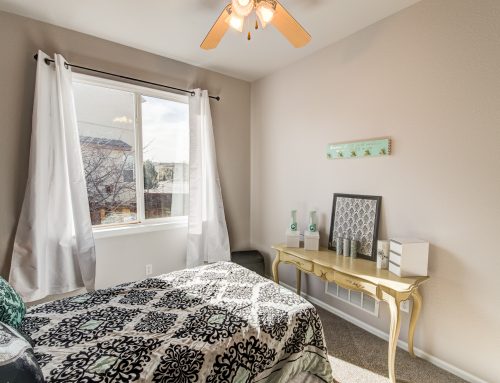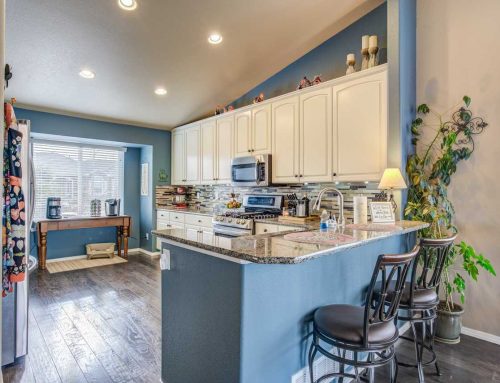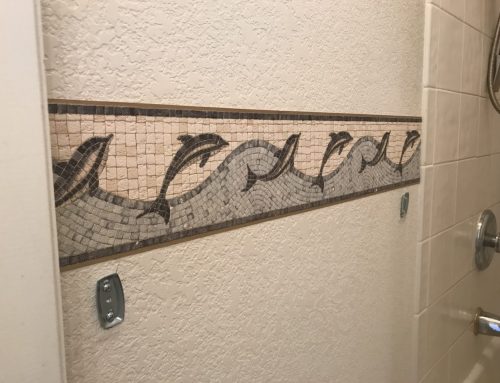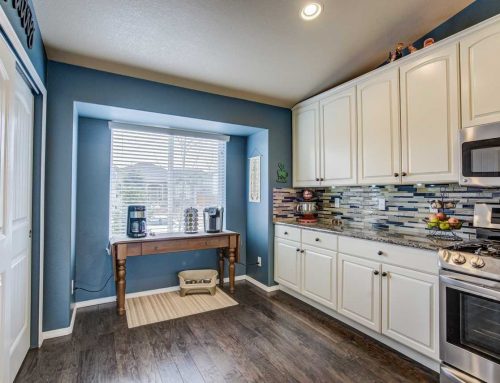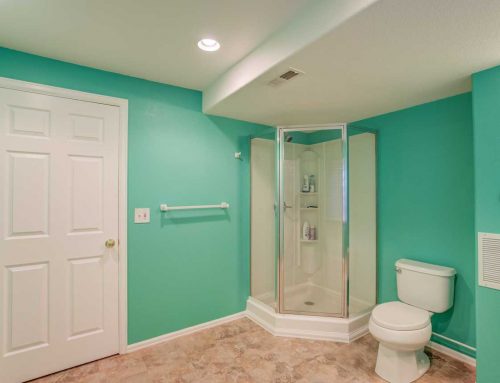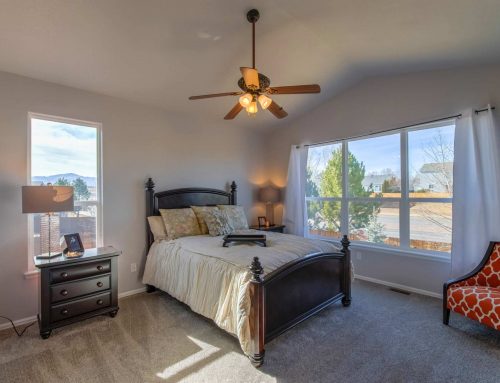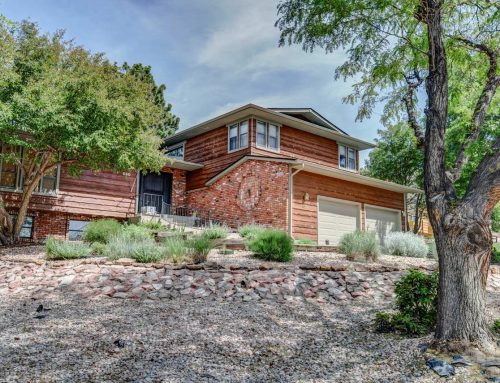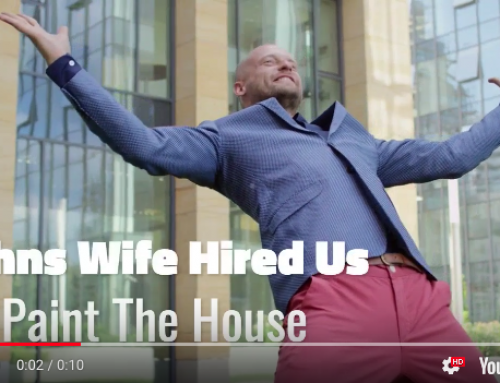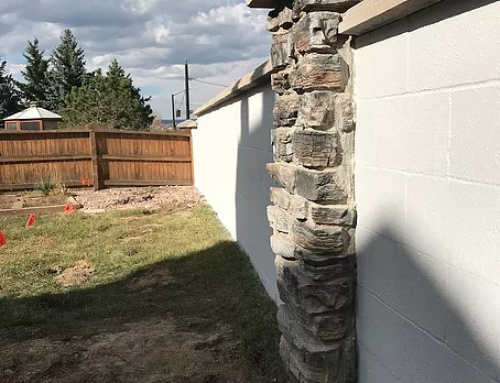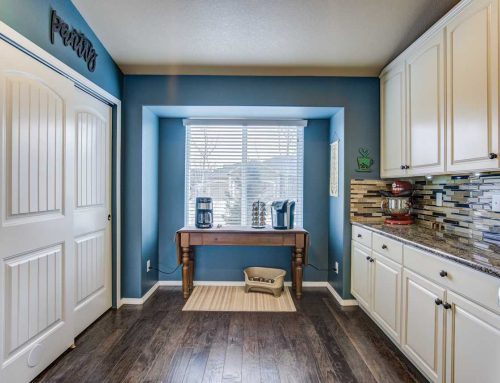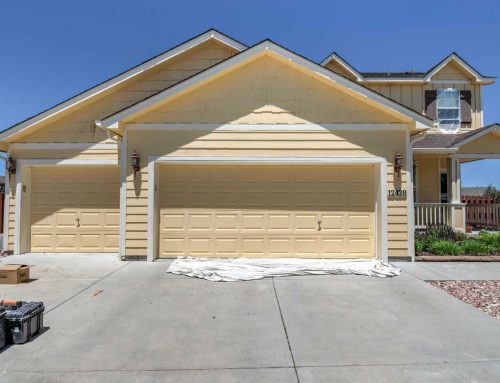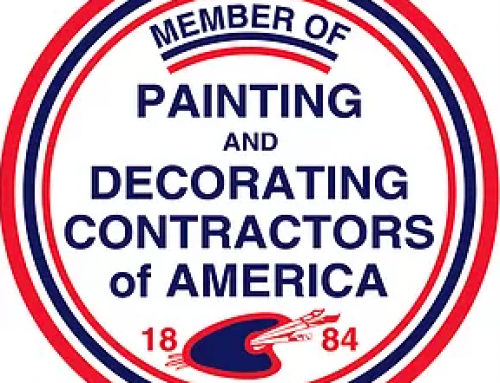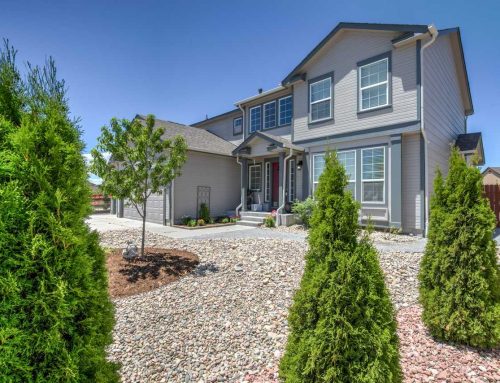Colorado Springs Curb Appeal: How to Choose Exterior Paint Colors for Your House
Is it time to give your home a new look? Few things have a greater impact on a home’s curb appeal than fresh exterior paint in a well-chosen color scheme.
The right exterior colors for a house make for the most dramatic, head-turning transformations, but a full exterior paint job can make some homeowners nervous. What if I get stuck with a color I hate? What if other people hate the color and consider my house the eyesore of the neighborhood?
Fortunately, these are unlikely scenarios if you follow these guidelines when choosing paint colors for your home’s exterior:
Light, Medium, or Dark?
Before you begin thinking about what color to paint the outside of your house, first decide whether you want your home to be a light, medium, or dark shade.
This is one decision most people make pretty quickly. It’s almost a gut instinct. But if it doesn’t come to you immediately, it’s OK. Look to the internet for inspiration, as well as the real world.
Real World Inspiration
- Are their homes in your area that you admire? Do they use light, medium, or dark shades?
- Are you drawn to one shade choice more than others?
- Ask your painting contractor for his or her opinion.
Online Inspiration
- Pinterest is a great place to look for color ideas. Use search terms like “exterior home colors” and “house colors”.
- What style is your home? Try using a search engine like Google for color ideas that are flattering to a home like yours. For example, if you have a Tudor style home, try using search phrases like, “exterior paint colors for Tudor home”.
Brick, Stone, and Other Unpainted Fixed Materials
Does the exterior of your home incorporate unpainted fixed materials like brick, stone or concrete? This could include your foundation, chimneys, a patio, etc.
When choosing a paint color for the main body of your house, it’s important to take into consideration the colors of those unpainted fixed elements. For the best possible result, work with these elements instead of against them.
Here are two approaches to using a home’s brick or stone to help choose the right exterior paint color:
When Your Heart is Set on a Specific Color
Let’s say you’re determined to paint your house blue. You’ve always wanted a blue house and now is your chance to live the dream. However, your home has a brick foundation that’s a terra cotta color, and a toasty, brown stone chimney. Will blue clash?
Not necessarily. Take a look at your home’s exterior fixed elements. Does the color of the brick or stone appear warm, or cool? Whatever the answer, that’s your “undertone”.
When choosing a shade of blue, look for one with the same undertone as your unpainted fixed elements.
For example, a house with warm brick and stone elements would likely work well with a warm, dusky shade of blue, as opposed to a cool, pale ice-blue.
When You Haven’t Settled on a Color Yet
Haven’t committed to a color yet? The unpainted fixed elements of your home’s exterior can make your job easy.
Materials like brick and stone are seldom solid in color. Look closely and you’ll notice variations.
For example, the stones of your chimney may incorporate speckles of black, sand, green, and rust. Consider using one of those shades as the main paint color for the outside of your home.
Your Roof Has a Say
When choosing exterior colors for a house, it’s easy to forget about the roof and its role in the overall color palette.
Unless a home has a completely flat roof (which is uncommon), some portion of your roof will be visible from the street, and you’ll want to take the roof’s color into consideration.
Here again, you’ll want to identify the undertone of your roofing material: warm or cool? Choose a paint color with the same undertone.
If you have a black or gray roof, you’re in luck. Any exterior paint color will work.
Here Comes the Sun
Just when you think you know a color, it steps into direct sunlight, and well…you see what it’s really made of.
Bright sunshine has a fascinating effect on exterior paint color.
It seems counterintuitive, but the sun – which is warm – tends to “cool” colors, giving them a slightly bluish tinge. This is something you’ll want to keep in mind when choosing your exterior paint color.
Here’s a general rule of thumb: when you think you’ve settled on a shade, consider going 2-3 times warmer. This helps counterbalance the daytime blues.
Test Your Colors
At this point, you’ve decided whether you want a light, medium-hued, or dark house color. You’ve identified the undertone of your home’s unpainted fixed elements (like brick and stone) and your roof, so you know whether to go warm or cool.
Now it’s time to choose your color. Keep in mind that every color has a full spectrum of shades, both warm and cool.
If necessary, go back to Pinterest, Google, and real-world examples for color inspiration.
When you choose your exterior paint color, you won’t want to jump in with abandon. Instead, ease into it. That means getting sample sizes of at least three shades of your color and testing them first. Here are two tips for doing it right:
The Four Directions. Take each of your sample shades and paint a small section of your house on all four sides. Check your painted sections at different times of the day for a more complete impression. As the sun rises and sets, it will change the appearance of your color. You may also find that the color looks different in shadows or shade.
Unpainted Elements. If your home incorporates unpainted fixed elements like brick, stone, or concrete, be sure to paint sample sections right next to those elements to see how they coordinate.
Choosing Trim Colors
Once you’ve chosen the main exterior paint color for your house, you’ll want to decide on colors for trim, such as shutters, window frames, doors, etc.
White is a common color for house trim, but it’s far from the only option.
As you mull over the possibilities, here are two approaches to consider:
The Handy-Dandy Paint Chip. “Paint chips” are those strips or squares of paper that show you what paint colors are available from the paint or hardware store. While colors are sometimes presented alone on their own chip, it’s more common to find three or four complementary shades on one chip. These multi-shade chips can make your life a lot easier when choosing trim colors. You can’t go wrong by choosing trim colors from the same chip as your main color.
Going “Off the Chip”. You don’t have to choose your exterior trim color from your main color’s paint chip. Maybe you want to be a little more original and choose a completely different color for your trim. There’s nothing wrong with that! A good rule of thumb is to choose a darker trim color for a light-colored house, and vice-versa.
The Rule of Three
Multi-colored houses can be among the most stunning, such as Victorian “painted ladies”. However, it’s generally recommended to use no more than three different shades of exterior paint on a home.
For example, you might use one shade for the body of the house, a second shade for the trim, and a third shade to give extra punch to the front door.
Homes incorporating more than three shades of paint tend to be overly “busy”. Any inherently beautiful qualities in the home’s design get lost behind a distracting carnival of color.
Get Expert Input
You’re not in this alone. An experienced exterior painting contractor can offer valuable input into the best exterior colors for a house. Armed with the information you’ve just learned, you’ll be able to tell when a house painter knows their stuff. They’ll be familiar with the effects of sunlight and shadow on exterior house paint colors, and will understand how to coordinate a flattering color palette that takes fixed elements and roof colors into consideration. He or she may also offer great advice on the best color schemes for homes of different styles.
Home Exterior Paint Before
Home Exterior Paint After
Have no fear! Choosing exterior colors for a house isn’t as difficult as it may seem. Your reward for taking the leap will be a stunningly transformed home that people will slow down to admire.

